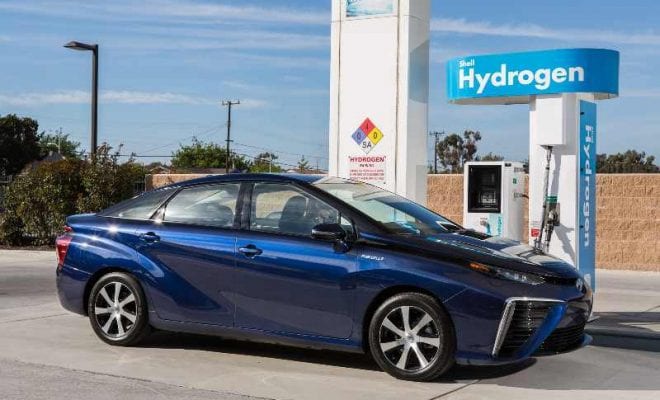Why Indian Preference For Hydrogen As A Power Fuel Is a Promising One

India is now on its way to becoming a hydrogen energy source which is essentially going to fuel its transportation industry, sources have confirmed. It has decided to concentrate its energies on harnessing Earth’s rich bounty of hydrogen than wasting itself fretting over escalating the pace of its Electric vehicle technologies.
Towards this development, India has now announced a National Hydrogen Mission. The announcement comes less than four months after the United States Department of Energy announced an investment up to $100 million in hydrogen production and fuel cell technologies research and development.
In November last year, PM Narendra Modi while speaking at the Third Re-inVest Conference in had had already announced plans to launch a comprehensive National Hydrogen Energy Mission. By the first week of February 2021, the announcement for a launch of a Hydrogen Energy Mission in 2021-22 for generating hydrogen from green power sources was made.
While India’s move might look like a coincidence with that of the US, it really is not. Under Modi’s leadership, while struggling under the pressure of the pandemic, India has been steadily moving towards developing its renewable energy resources.
Environmental experts believe that this move makes sense if we consider India’s 175 GW target of Renewable Energy (RE) capacity by 2022 and 450 GW by 2030. It is therefore imperative that India’s energy grid involves other green technologies on a medium-to-long-term basis. This will help India lower its emission intensity by 33-35 percent from the 2005 levels by 2030, another Nationally Determined Contributions (NDC) target under the Paris Agreement.
Hydrogen provides India with a cross sustainable advantage; something it needs to fulfill its dream of a self-reliant economy. If one was to look at the possible paths for the global energy transition, the 2020 edition of the BP Energy Outlook provides a self-explanatory picture of India. It has predicted that India’s oil and gas imports will double by 2050. Also, around 85% of its crude oil will be imported. India’s primary energy demand will therefore increase by 33% by 2030.
It is worth noting that for the country to move towards the use of hydrogen as an alternate Resource, it would need massive initial investments, both private and public in nature. Classic examples are countries Australia, Canada, Germany and Norway. Return on investments are massive and long term.



